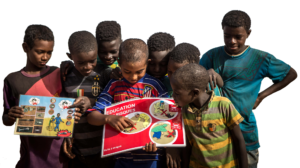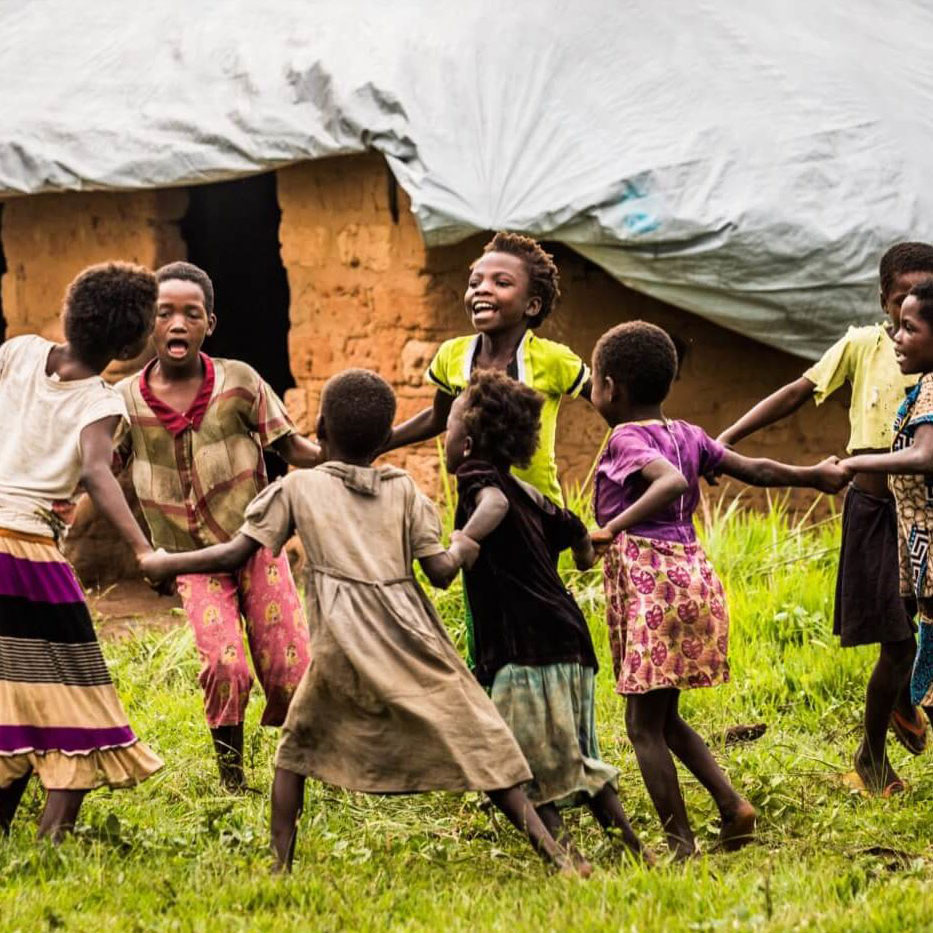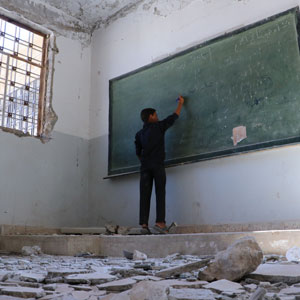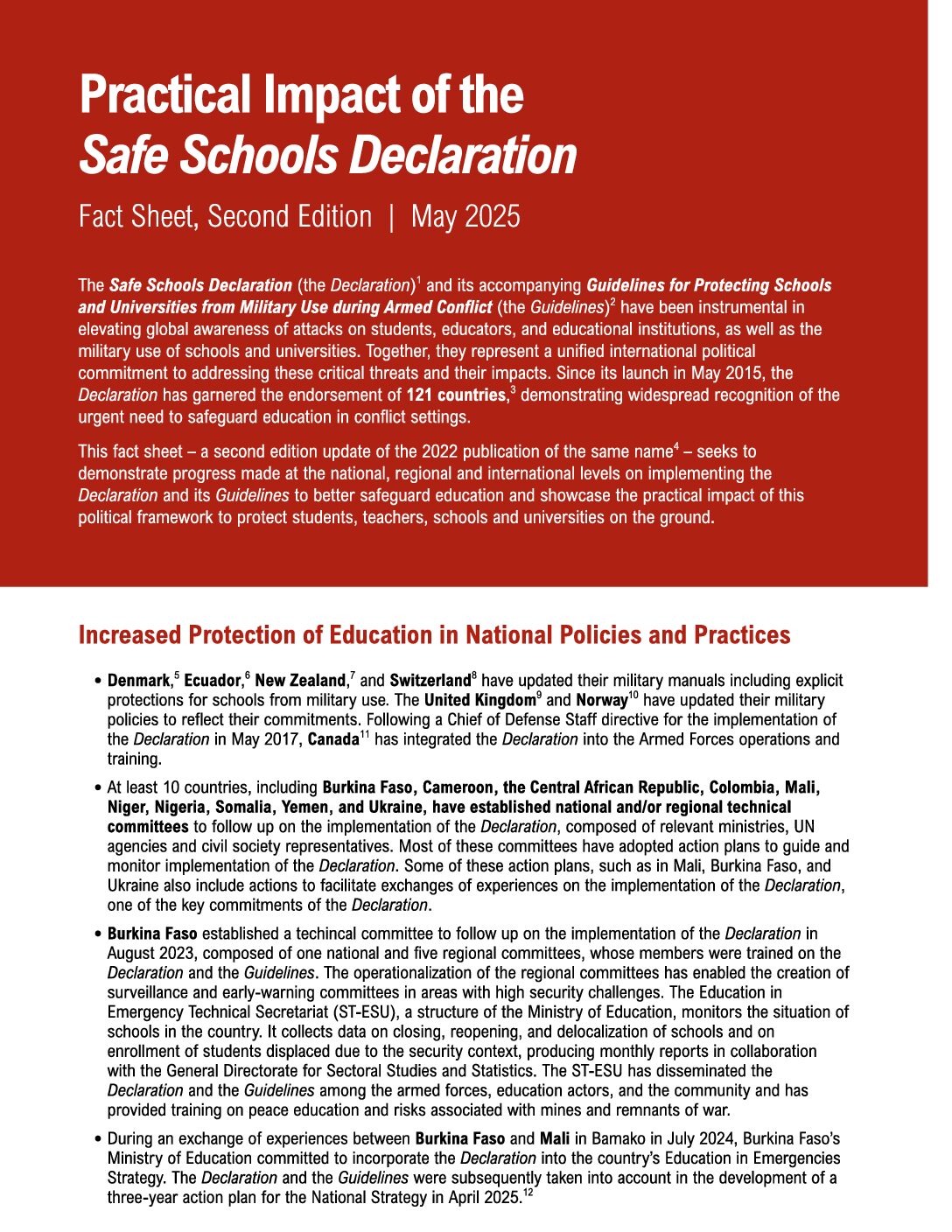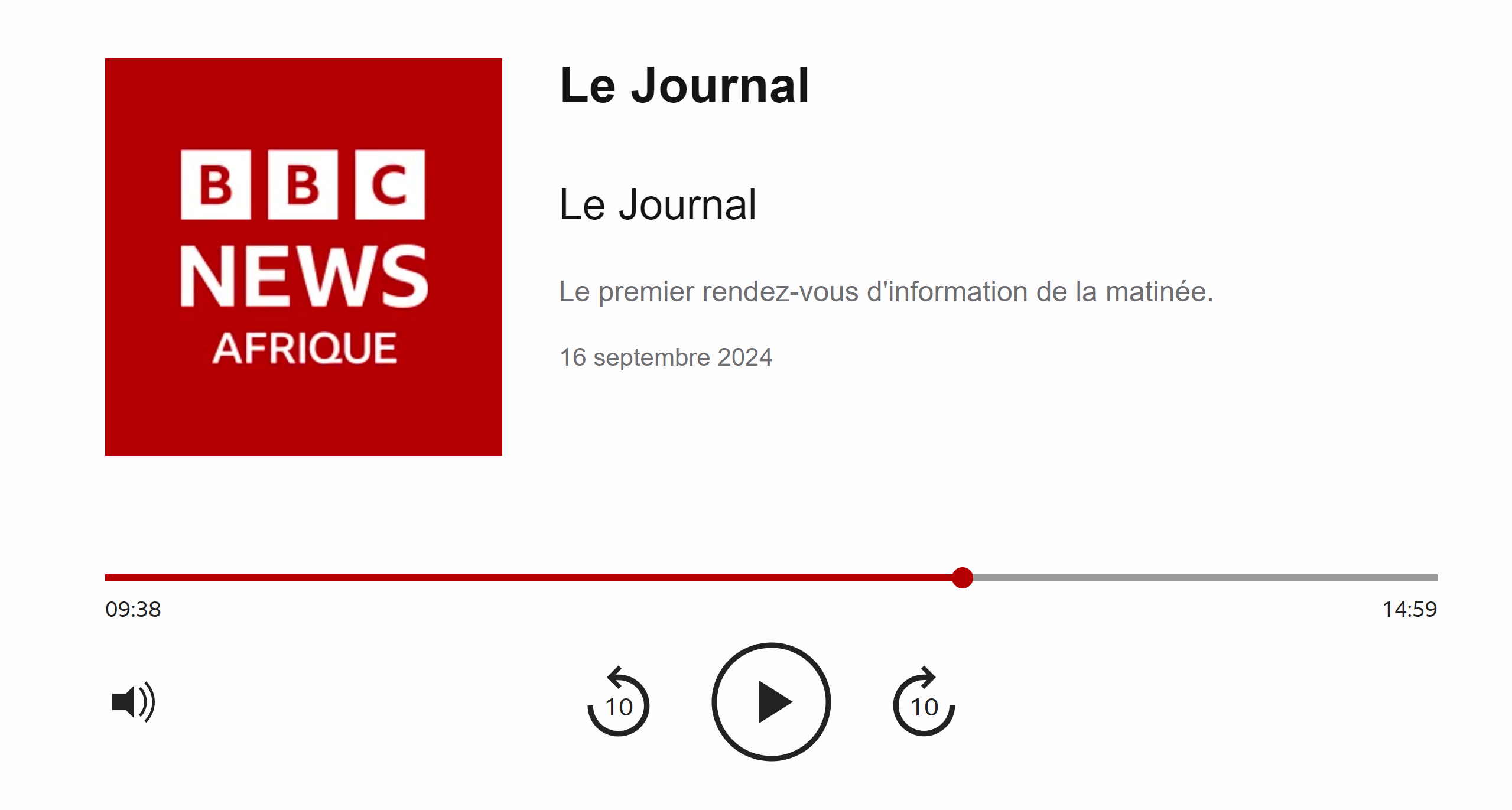GCPEA News
Protecting education from attack: what can be done?
By Diya Nijhowne, Director of the Global Coalition to Protect Education from Attack
A World at School, July 28, 2014
[[{“type”:”media”,”view_mode”:”media_large”,”fid”:”880″,”attributes”:{“alt”:””,”class”:”media-image”,”height”:”322″,”style”:”line-height: 1.538em; width: 250px; height: 168px; float: right; margin-left: 10px; margin-right: 10px;”,”typeof”:”foaf:Image”,”width”:”480″}}]]More than 200 Nigerian girls have now spent more than 100 days in captivity since being kidnapped from their school in Chibok in April.
But education is under attack in other parts of the world too. On May 29, ISIS abducted some 140 children from Ain al-`Arab as they returned home from taking their final exams in Aleppo, Syria.
On July 3, gunmen reportedly opened fire on police guarding students and teachers at a school in Narathiwat province in southern Thailand. And on July 5, anti-Muslim rioters burned down a school and other buildings in Mandalay, Myanmar.
This violence is not a new phenomenon. In its report Education under Attack 2014, the Global Coalition to Protect Education from Attack (GCPEA) found that in the past five years attacks have occurred in 70 countries. In 30 of them there was a significant recurrence of attacks – more than ever before.
Schools, universities, educators and students are not just being caught in the cross-fire – they are being deliberately targeted as a tactic of war.
The motivations behind these attacks are many. Schools and teachers are often seen as state institutions and employees and are ready targets for anti-government forces. Or the education curriculum may be regarded as discriminatory, imposing another language or religion on minority groups. In some cases, groups may oppose learning for girls – or, in the case of Boko Haram in Nigeria, “Western” education.
Classrooms may be considered easy recruitment sites for soldiers and schools are sometimes used for military purposes, such as bases, weapons caches and detention centres, placing them at risk of attack by opposing forces.
So what can be done to protect schools and universities? While more research is needed on what works where, when, and how, an examination of what has already been implemented in different conflict-affected environments can help identify a general framework for keeping schools and their students and staff safer.
Strong monitoring and reporting systems are essential to protect education. Data on attacks against education can be used in advocacy, to develop policy and inform protection measures. For example, in the face of reported threats of attack, schools can be evacuated, temporarily closed or heightened security measures introduced. Accurate reporting of damage and destruction of schools is key in ensuring rehabilitation and the incorporation of increased safety measures.
Effective accountability mechanisms must be established to hold perpetrators responsible for violations. International standards and mechanisms are important as a foundation for accountability. Yet, despite the existence of a strong legal framework for protecting education in international law, impunity is a persistent problem worldwide. Domestic implementation of all international law protecting education is crucial for both enforcement and deterrence. National-level mechanisms such as civilian criminal trials, military trials, travel bans, the freezing of financial assets and truth commissions can be employed. GCPEA is also encouraging states to support the Lucens Guidelines for Protecting Schools and Universities from Military Use during Armed Conflict.
Physical protection has been used in high-risk areas to shield potential targets and minimise damage from attacks. Assigning security guards to schools and universities, building walls around school grounds and providing escorts to accompany students and teachers to and from school may, in some circumstances, enhance physical security. However, these responses can also lead to negative, unintended consequences: the presence of armed personnel can invite attack, putting students and teachers at greater risk.
Negotiation with armed parties has proved effective in some cases but also poses considerable risks, and success depends on highly context-specific factors. In Nepal, as part of the Schools as Zones of Peace Program, community members negotiated with armed groups to enact codes of conduct to improve school safety, including prohibiting military use of schools.
Conflict-sensitive education policy and planning can protect education by addressing some drivers of conflict, including inequitable access to and resourcing of education and curricula that exclude the language, culture or religious beliefs of certain populations. For example, in southern Thailand, where there is an insurgency by ethnic Malay groups, the government addressed inequities by increasing the hours of Islamic instruction five-fold, recruiting local Malay Muslim teachers and incorporating Malay language instruction into the school day.
Crisis contingency planning and risk reduction can ensure that education continues for children whose schooling has been disrupted by attacks. Alternative or temporary schools, community-based schools and distance learning programs can provide access to education when facilities are damaged, or when it is too dangerous to go to school. Resources can also be secured to rebuild and repair schools, once a risk assessment indicates that it is safe for classes to resume.
Finally, community involvement is critical. Local knowledge can be invaluable in tailoring prevention, mitigation, and response measures to each particular context. Local actors can also supplement state efforts when government capacity is limited.
So what has been learned?
There is no one-size-fits-all solution to protecting education from attack. An appropriate response will depend upon the nature of attacks, motivations of perpetrators, analysis of risks, and conflict and community dynamics. Similarly, no one measure will address all the complicated causes of attacks and successfully deter violence.
However, by considering the range of measures implemented in conflict-affected environments around the world and drawing upon this framework to develop a holistic approach to attacks based on their own contexts, states will be better equipped to safeguard the right to education where it is most at risk: in the midst of conflict and insecurity.
